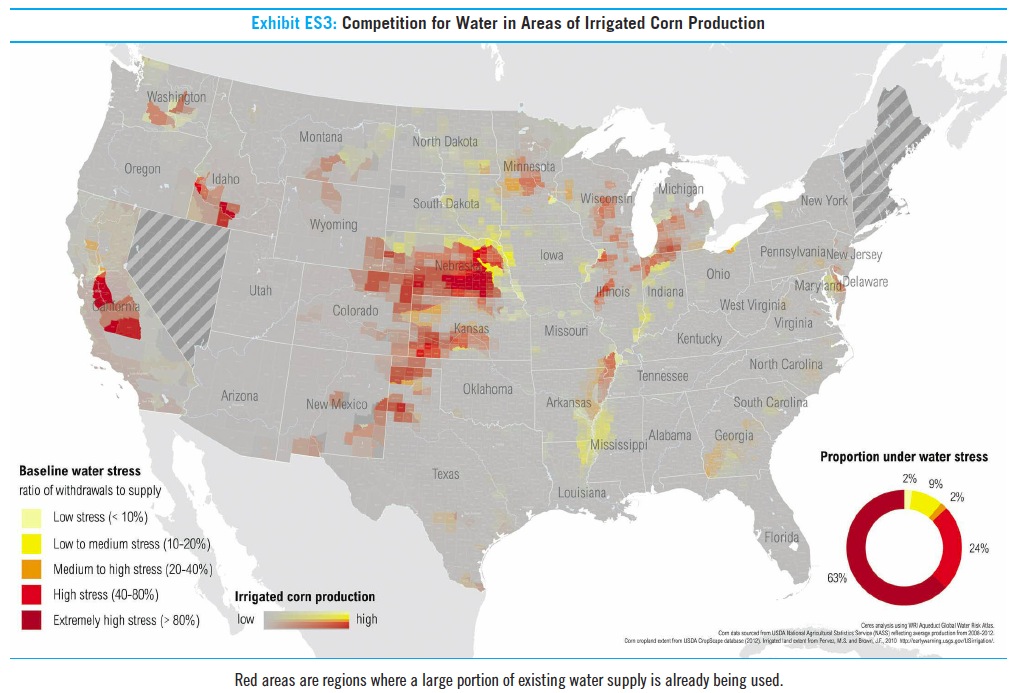
CERES
U.S. corn farmers are among the most productive and technologically advanced in the world, generating a record harvest of nearly 14 billion bushels in 2013—enough corn to fill a freight train longer than the circumference of the Earth. This production supports a mammoth agricultural sector comprised not just of farmers, but also major food, feed and energy companies that have an enormous stake in the long-term productivity and resilience of American agriculture. However, in the face of this bounty, three major threats to U.S. corn production loom: climate change, unsustainable water use and inefficient and damaging fertilizer practices.
View this complete post...
Tags: agriculture, Ceres, corn
Posted in
Drinking Water, Hazardous Waste, Infra Views, National, Pollution, Sustainability, Wastewater
Comments Off on Water & Climate Risks Facing U.S. Corn Production
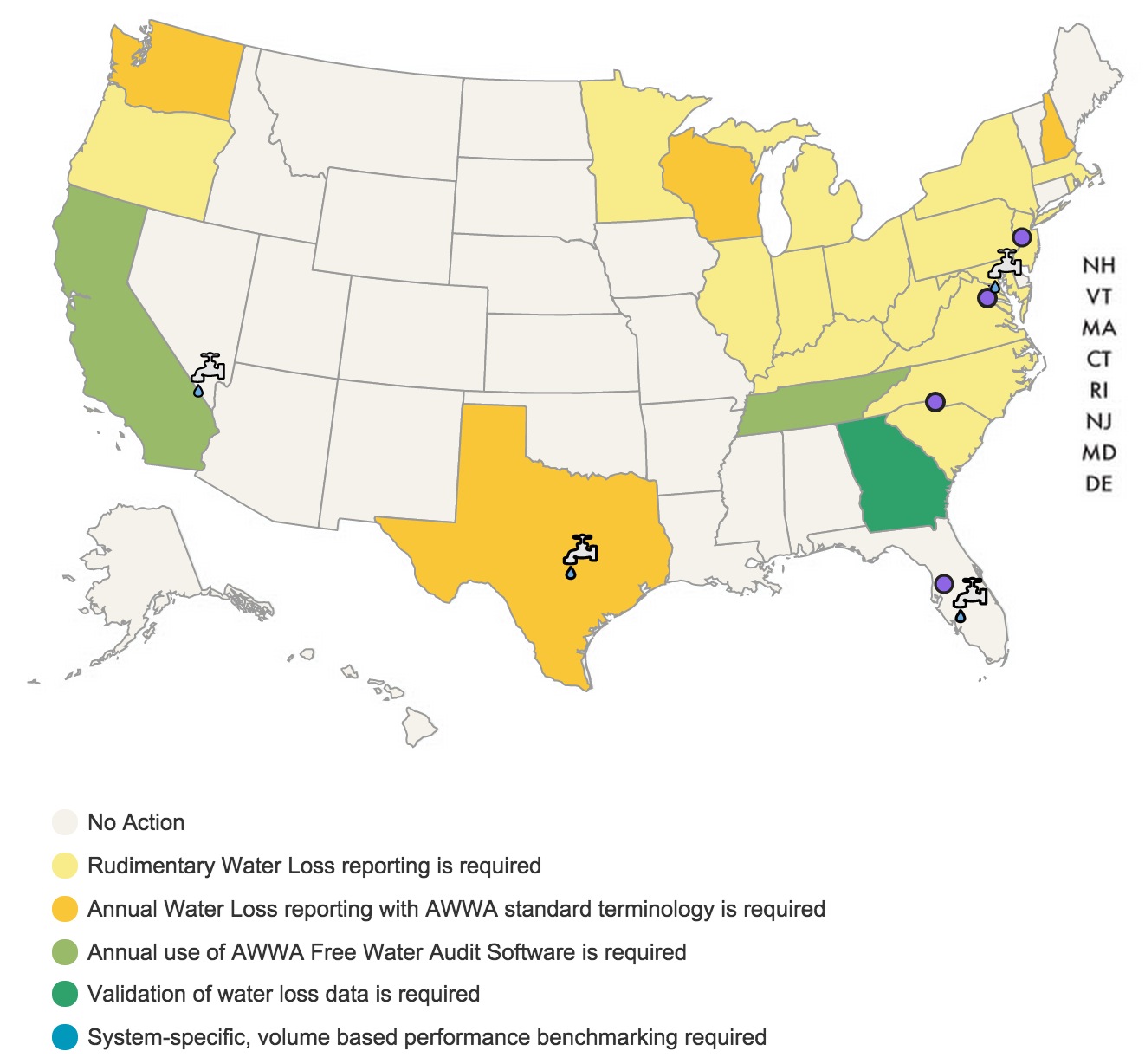













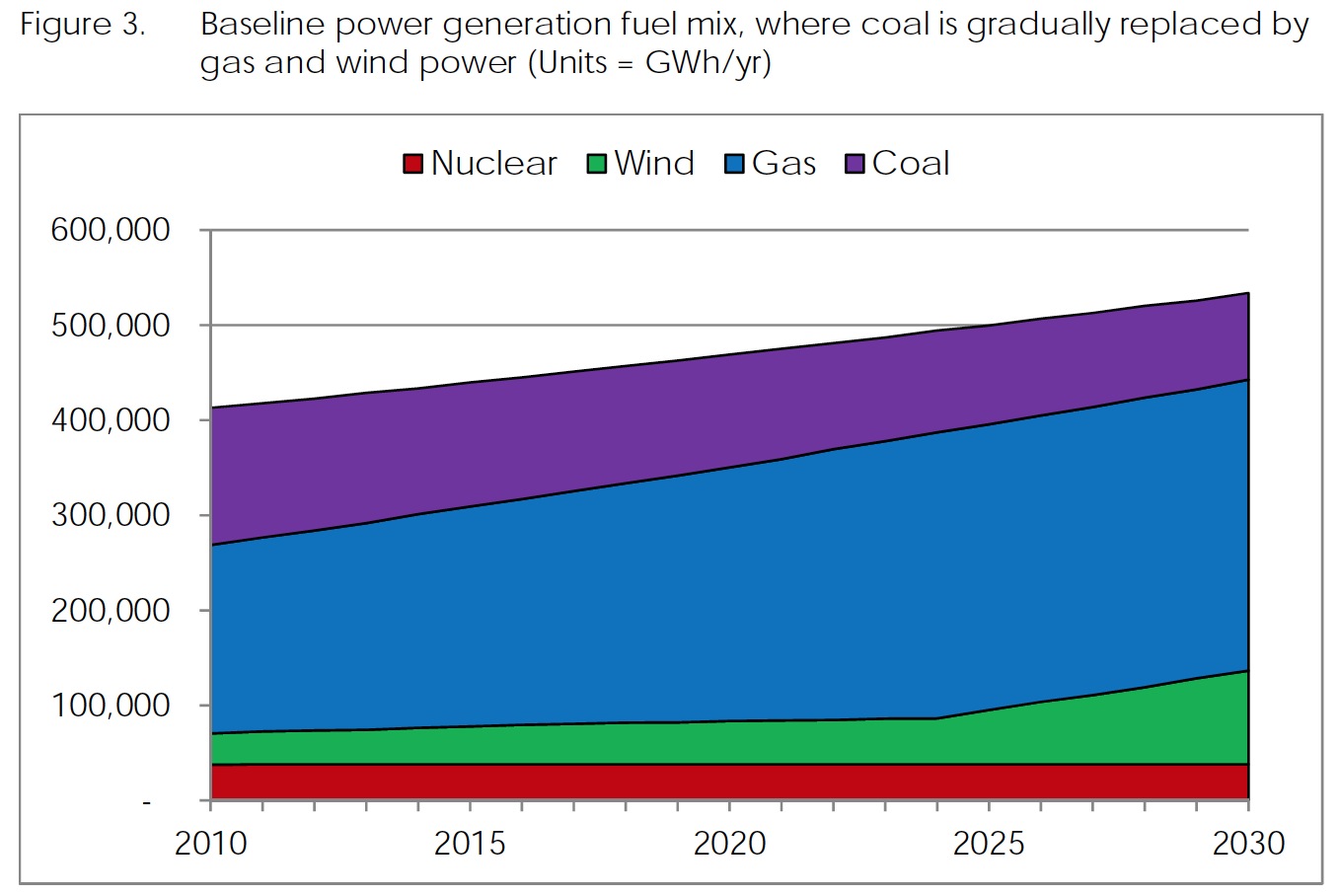
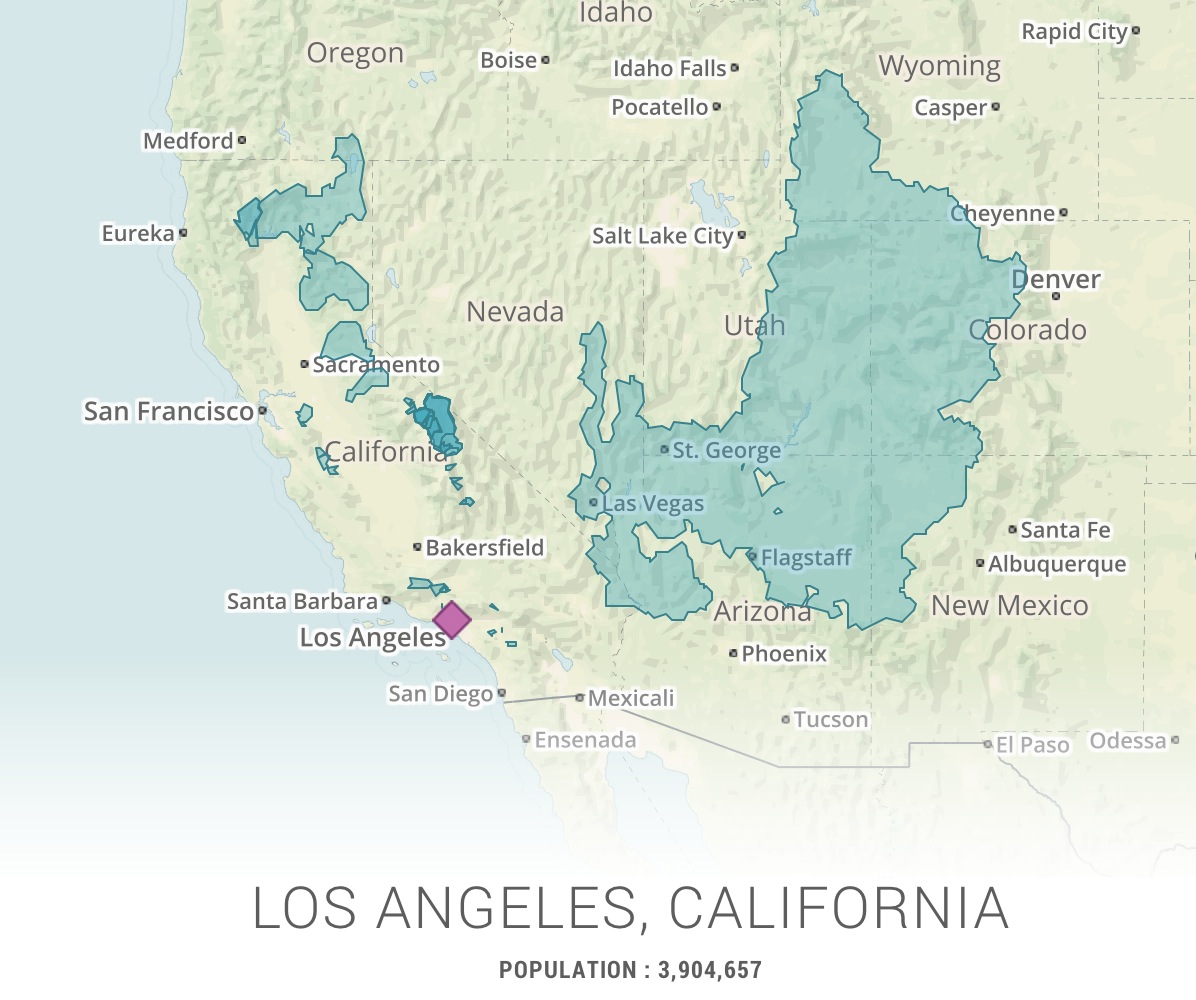
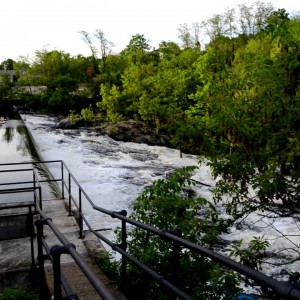
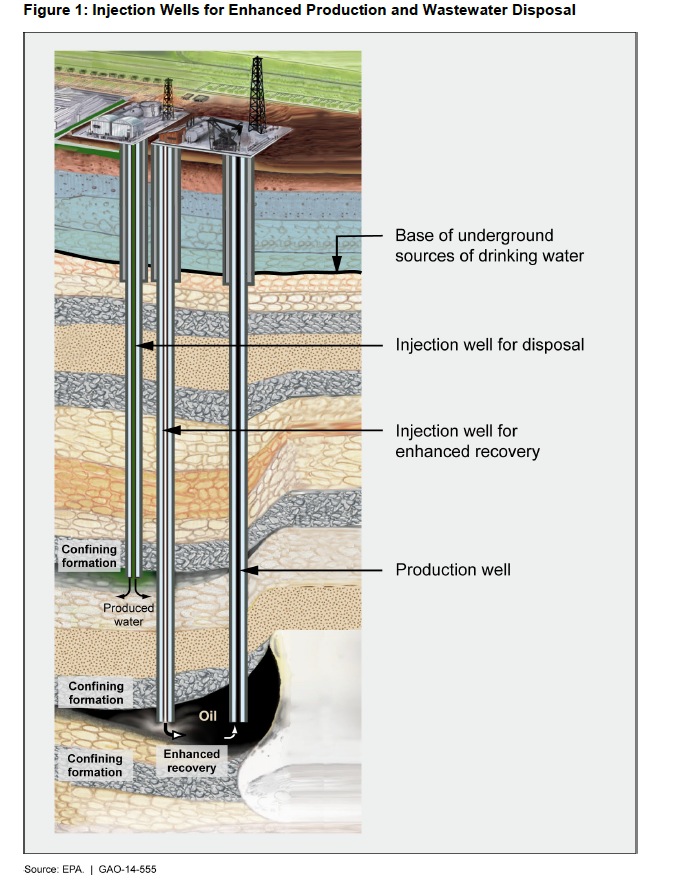





 RSS Feed
RSS Feed